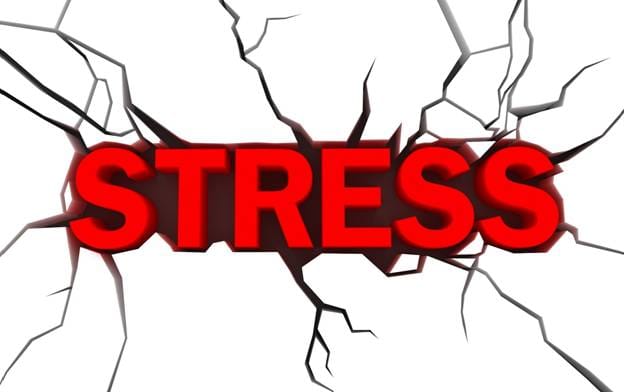Chronic arm pain and stress are closely linked, often creating a cycle that exacerbates both conditions. Stress, whether from emotional, psychological, or physical factors, can manifest as muscle tension, discomfort, or even chronic pain in various parts of the body, including the arms. Conversely, chronic pain, especially in the arms, can increase stress levels by limiting physical activity and reducing quality of life. Understanding this connection and addressing both the physical and emotional components is crucial for effective management.
How Stress Contributes to Arm Pain
- Muscle Tension
Stress triggers the body’s “fight or flight” response, releasing hormones like cortisol and adrenaline, which cause muscle tension. This tension can build up in the neck, shoulders, and arms, leading to discomfort or pain over time. If left unaddressed, chronic stress can cause persistent muscle tightness, reducing blood flow and oxygen to the muscles, exacerbating pain. - Heightened Pain Perception
Stress alters the way the brain perceives pain, often intensifying sensations. Chronic stress lowers pain thresholds, meaning that even minor discomfort in the arm can feel much worse than it is. This can create a vicious cycle where the stress heightens the pain, and the pain, in turn, increases stress. - Posture and Repetitive Strain
Emotional stress can lead to poor posture, such as slumping or tensing the shoulders, which places additional strain on the arms. Over time, this can result in conditions like repetitive strain injury (RSI) or carpal tunnel syndrome, further compounding the issue.
Managing Stress-Induced Arm Pain
- Relaxation Techniques
Practices such as mindfulness meditation, deep breathing, and progressive muscle relaxation can help reduce overall stress levels and release muscle tension. These techniques not only improve mental clarity but also encourage relaxation in muscles, providing relief from arm pain. - Physical Exercises
Incorporatinggentle stretches and exercises for the arms and shoulders can help alleviate tension and improve flexibility. Regular movement prevents stiffness and improves circulation, which reduces pain. Activities like yoga or tai chi can be particularly helpful as they integrate both physical movement and mental relaxation. - Cognitive Behavioral Therapy (CBT)
CBT is a psychological approach that helps people reframe negative thought patterns, which can be particularly useful in managing the mental aspects of chronic pain. This type of therapy can help individuals learn coping mechanisms to reduce the stress associated with pain and improve their overall well-being. - Ergonomic Adjustments
Addressing how you use your arms during daily activities can greatly reduce stress-induced arm pain. Ensure your workstation is ergonomic to prevent unnecessary strain on your arms, wrists, and shoulders. Take frequent breaks to stretch and adjust your posture.
Frequently Asked Questions
Can stress really cause arm pain?
Yes, stress can lead to muscle tension, particularly in the neck, shoulders, and arms. Chronic stress can increase pain sensitivity, making minor discomfort feel more intense.
How can I tell if my arm pain is stress-related?
Stress-related arm pain often accompanies other symptoms like tension headaches, muscle stiffness, or general feelings of anxiety. If your pain worsens during periods of high stress, it’s likely linked to emotional or psychological factors.
What are the best exercises to relieve stress-induced arm pain?
Gentle stretching, yoga, and tai chi are great exercises that help reduce both physical tension and mental stress. Strengthening exercises for the arms and shoulders, combined with posture correction, can also provide long-term relief.
When should I seek medical advice for arm pain?
If your arm pain persists despite relaxation techniques and ergonomic adjustments, or if it is accompanied by severe symptoms like numbness, weakness, or chest pain, consult a healthcare professional. Stress can worsen underlying conditions that need medical attention.
Conclusion
The connection between arm pain and stress highlights the importance of addressing both physical and emotional health. By incorporating relaxation techniques, physical exercises, and cognitive behavioral therapy, you can break the cycle of stress and pain. Understanding this relationship can empower you to take control of your pain and improve your overall well-being





